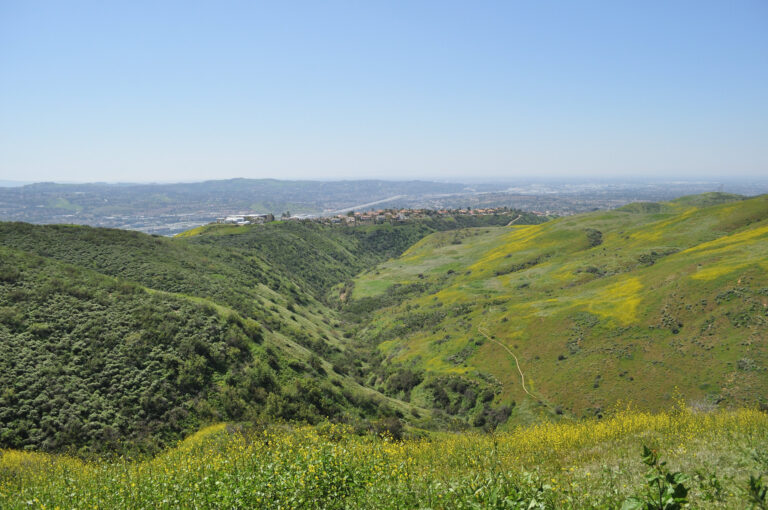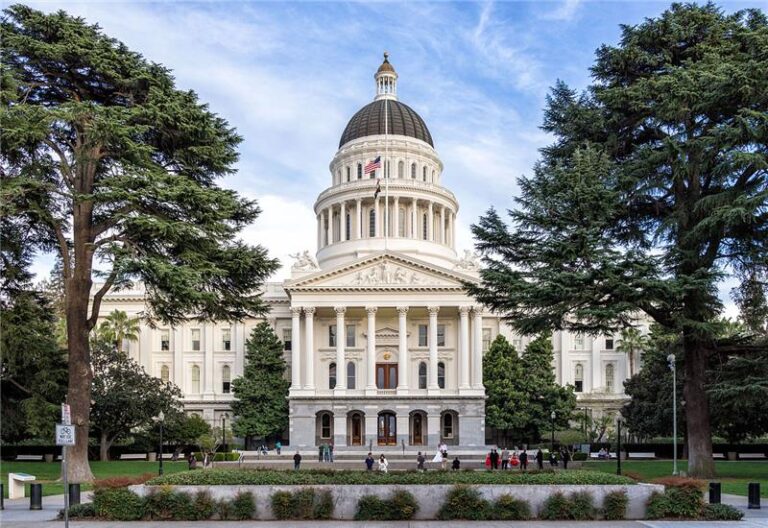FOR IMMEDIATE RELEASE
July 22, 2025
Contact: Stefanie Lao, stefanie@fcpcommunications.com, (818) 261-6871
Power In Nature Coalition Releases Statements on California’s Progress Towards Protecting 30% of Lands and Coastal Waters By 2030
SACRAMENTO, CA—The Power In Nature coalition today highlighted California’s progress toward protecting at least 30% of the state’s lands and coastal waters by 2030 (30×30). The coalition is also drawing attention to the critical work that remains to achieve this goal and the many attacks that are putting California’s environment, biodiversity, and quality of life at risk.
This comes in response to the California Natural Resources Agency’s recently releases Pathways to 30×30 Annual Progress Report. The report highlights the importance of the 30×30 goal and its benefits to Californians, while also recognizing the many individuals and groups across the state who are contributing to this effort.
In response to this report, Power In Nature coalition members are commenting on the following:
- The urgent need to maintain momentum towards achieving 30×30 and the numerous threats to California’s environment, including federal attacks and state rollbacks of landmark environmental laws.
- How Tribal leadership and community-driven support are critical to protecting public lands and must continue to guide our efforts moving forward.
- Concerns on how coastal waters protections are being defined as part of 30×30, particularly areas where trawling and offshore oil pipelines are present.
Please see below for statements on each of these topics.
Statement from Mark Green, Executive Director, CalWild, on California’s progress on reaching the state’s 30×30 goal and the urgency to maintain momentum:
“We are encouraged to see California continuing to make progress toward our state’s 30×30 conservation goals. However, with less than five years to meet this deadline, we cannot afford to reverse course and backtrack on biodiversity protection just as momentum is building. Ongoing threats at both the federal and state levels, including attacks on foundational environmental protections like CEQA, NEPA, and the Endangered Species Act, put decades of progress at risk. We must remain firm in defending the guardrails that preserve biodiversity across California’s lands and coastal waters.
“In addition, we are at a critical juncture with the California legislature to appropriate Prop 4 funds and improve SB 131. With millions of acres still in need of protection, we must fully leverage available resources to stay on track towards 30×30. We urge the Legislature to act now and reaffirm California’s leadership in biodiversity protection and climate resilience.”
Statement from Nick Joslin, Policy & Advocacy Director, Mount Shasta Bioregional Ecology Center, on community-driven support and Tribal leadership on protecting public lands and national monument designations:
“Protecting California’s public lands is only possible through the active involvement of local communities and Tribes. Their voices, expertise, and lived experiences reflect a deep understanding of the landscapes they call home. It is thanks to many Tribal leaders, local elected officials, hundreds of local business owners, and so many community members that Sáttítla Highlands and Chuckwalla are national monuments. As we work to meet our conservation goals, local voices must guide how we invest in, manage, and protect our public lands.”
Statement from Sandy Aylesworth, Director, Pacific Initiative, Natural Resources Defense Council, on the concerns around defining coastal waters protections for 30×30:
“30×30 isn’t just a catchy phrase; it’s about protecting our future. A healthy California coast relies on creating and celebrating ocean parks that are industry-free—places where wildlife can recover and thrive without pressures from oil and gas and damaging fishing gear. The state needs to ensure that only places providing this kind of strong protection count toward the state’s 30×30 goal.
“Power in Nature is concerned about counting the entirety of the Chumash Heritage National Marine Sanctuary for 30×30 when it still allows high-impact fishing and includes an active offshore oil pipeline. Calling an area ‘protected’ while it still includes damaging activities won’t make California’s ocean more resilient to climate change or offset the impacts to wildlife of these practices. We hope to work with the Northern Chumash Tribe and the state to strengthen protections within this important National Marine Sanctuary.”
Background on 30×30:
Scientists worldwide agree that to protect life as we know it, we must conserve at least 30% of the Earth’s lands and coastal waters by 2030. In 2020, Governor Newsom committed California to the 30×30 goal, and in 2023, that goal became state law.
California is making strong progress towards 30×30, but millions of acres still must be conserved in less than five years. Preserving the state’s lands and coastal waters will help address the impacts of climate change, protect animal and plant species at risk for extinction, and expand access to nature for Californians.
# # #
About the Power In Nature Coalition
Power In Nature is a statewide coalition of over 250 community groups, environmental and conservation organizations, land trusts, Indigenous organizations, and Tribal members dedicated to advancing California’s 30×30 commitment. The Power In Nature coalition has identified nearly 100 potential 30×30 projects across the state and works on a broad range of issues, including biodiversity protection, climate resilience, equity, recreation, outdoor access, and social justice. For more information, visit PowerInNature.org.



